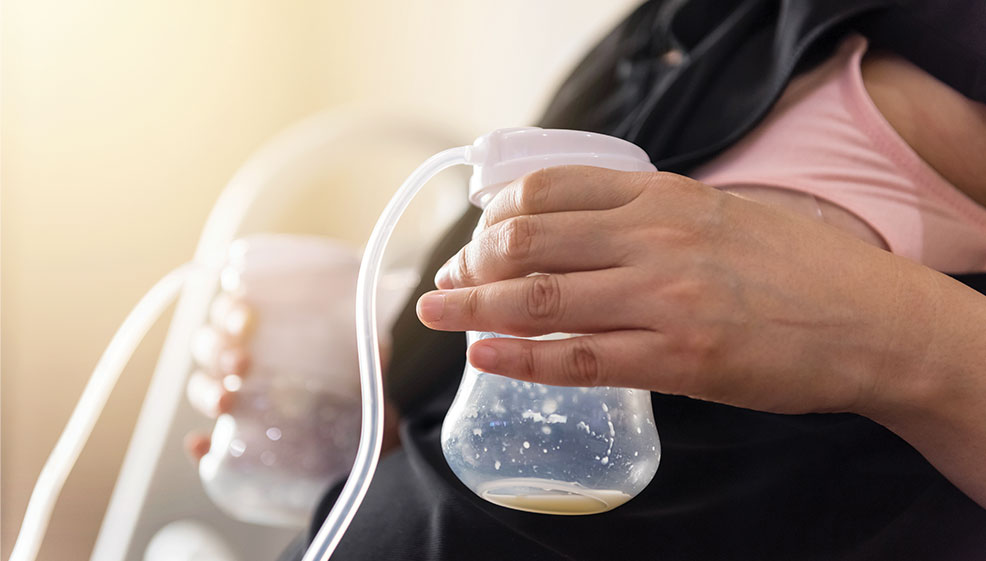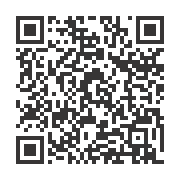

“I knew it would be hard to leave Nicole, but feeling guilty about going back to work made my decision to continue breastfeeding easier. Learning how to pump and how to establish my milk supply wasn’t as hard as I thought. My WIC peer counselor was very helpful and reminded me to keep nursing to give Nicole the best start possible.”
– Jordan, WIC mom
Breastfeeding provides a special bond between mother and baby. This is especially true for moms who can’t always be with their baby. Not only is breastfeeding possible, many working parents find it easier than bottle-feeding.





“I went back to work when Maddox was only six weeks old. I thought I’d have to switch to formula, but then WIC helped me find an electric pump to use — so I figured I could give it a try. I’m so glad I did! It really isn’t hard and at the end of the day, nursing is how I “de-stress” and reconnect with Maddox.”
– Karlee, WIC mom

When you choose to stick with breastfeeding, you’re helping your baby in two ways — supporting them by working or going back to school and giving them the best nutrition that money can’t buy!
| STORAGE LOCATIONS AND TEMPERATURES | |||
|---|---|---|---|
| TYPE OF HUMAN MILK | Countertop 77oF (25oC) or colder (room temperature) |
Refrigerator 40oF (4oC) |
Freezer 0oF (-18oC) or colder |
| Freshly Expressed or Pumped | Up to 4 Hours | Up to 4 Days | Within 6 months is best. Up to 12 months is acceptable. |
| Thawed, Previously Frozen | 1-2 Hours | Up to 1 Day (24 hours) |
NEVER refreeze human milk after it has been thawed. |
| Leftover from a Feeding (baby did not finish the bottle) |
Use within 2 Hours after baby is finished feeding. | ||
| Source: Centers for Disease Control and Prevention | |||
For more information:
www.LLLI.org (La Leche League), www.workandpump.com or www.kellymom.com
Install this web app on your iPhone: tap ![]() and then Add to Home Screen.
and then Add to Home Screen.
Side-Lying Hold
This hold is useful when:
Cross-Cradle Hold
This hold is useful when:
Clutch or “Football” Hold
This hold is useful when:
Cradle Hold
This hold is useful when:
Laid-Back Hold
This hold is useful when: